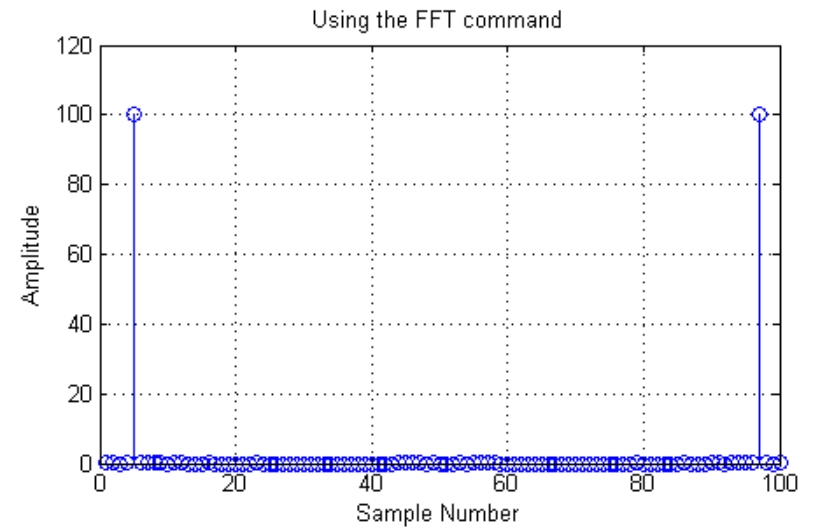Matlab FFT ref
Generate this curve within matlab using the following commands
fo = 4; %frequency of the sine wave
Fs = 100; %sampling rate
Ts = 1/Fs; %sampling time interval
t = 0:Ts:1-Ts; %sampling period
n = length(t); %number of samples
y = 2*sin(2*pi*fo*t); %the sine curve
%plot the cosine curve in the time domain
sinePlot = figure;
plot(t,y)
xlabel('time (seconds)')
ylabel('y(t)')
title('Sample Sine Wave')
grid
Matlab’s FFT Command
So now that we know what to expect, let’s use MATLAB’s built in fft command to try to recreate the frequency spectrum:

The x-axis gives us no information on the frequency.
The amplitude is all the way up to 100
The spectrum is not centered around zero
A Custom Function for fft to Obtain only the Positive Frequencies


Last updated
Was this helpful?